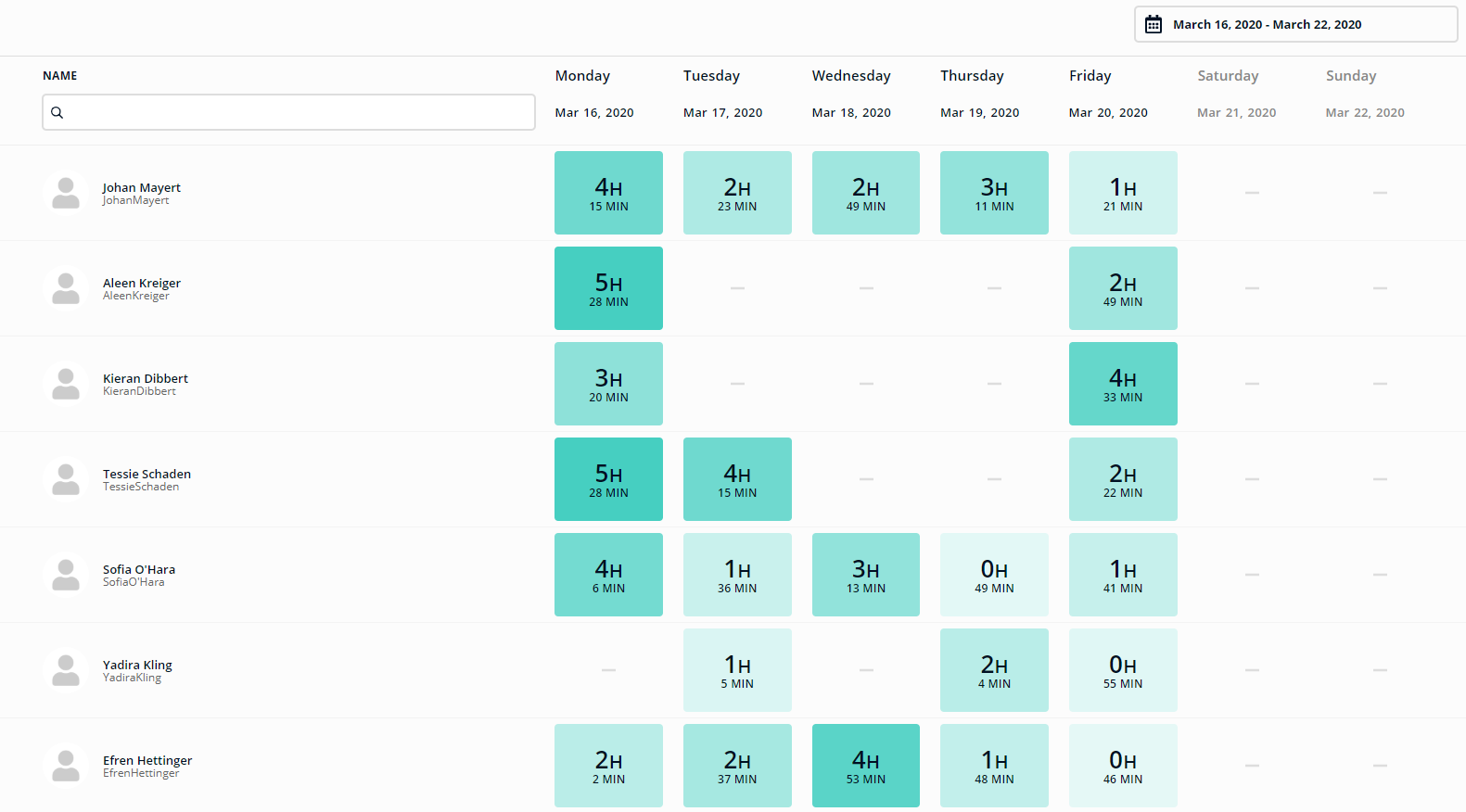As you transition to using ClassLink for remote learning, you probably have questions. You might even be wondering where to start. We get it, and we’re here to help.
Follow these steps and use these practical tips and resources; they will help you use ClassLink to your full advantage, and make the process of shifting to remote learning a little smoother.
- Log into ClassLink
- Share ClassLink login details with families
- Don’t forget quick access tools like Quick Cards
- Add new apps to support students
- Measure student engagement
- Educator-recommended resources
- Contact ClassLink
Log in to ClassLink
Even if you’re not familiar with ClassLink, don’t worry, it’s easy to use. Now is the time to familiarize yourself with how to access and log in to your district or school’s ClassLink LaunchPad.
There are two ways to log in, if you’re using a desktop or laptop, you can log in through your school’s specific ClassLink LaunchPad login page. If you’re using a mobile device like a phone, tablet, or iPad, you’ll need to download the ClassLink LaunchPad app through the App Store or GooglePlay.
If you can’t find your school’s login page, visit launchpad.classlink.com and enter your school’s name in the search bar. You can also click “Use My Location,” and login pages for local schools will be displayed.
To find your username or password, contact your school’s media specialist or technology department. You can also contact ClassLink’s helpdesk at 888-963-7550 x1, we’ll confirm your ClassLink login page URL and help you find your username.
Share ClassLink login details with families
To cut confusion, and reduce the number of ‘help!’ requests you receive, we recommend emailing login details to students and parents. Your message should include a link to your school’s ClassLink login page and students’ individual password and username details.
Let students and families know, as mentioned above, there are two ways to log in. They can use your school’s login page on a desktop or laptop computer. Or students can download the ClassLink LaunchPad app if they’re using a mobile device like a phone, tablet, or iPad.
Share these resources to help students log in to ClassLink at home
Use this sample parent letter as a starting point for your message.
Don’t forget quick access tools like Quick Cards
Did you use ClassLink Quick Cards* in your classroom? Even if your school is closed, parents can access their child’s Quick Card to print out for at-home use (if they have access to a printer). Parents who don’t have printers can also take a photo of the Quick Card using another device and use that image to log in. This quick tutorial and video explain how to print and use Quick Cards.
Facial recognition is another way to simplify logins at home if your school has enabled this feature. With a quick selfie and set up, students can use ClassLink Faces* to log in and access LaunchPad. This short tutorial explains how to set up and use ClassLink Faces for quick logins.
** Quick Cards and Faces must be enabled by the administrator of your school - not all students will have access to this feature.
Add new apps to support students
Education technology organizations around the world are announcing support for teachers with free access to apps and resources. You can easily add new apps for your students to use as you continue to find resources to help you and your students with remote learning, as long as this feature has been enabled.
Use this quick tutorial to learn how to use the My Classes feature to make new apps available to your specific classes.
Are students using their tools and resources?
Wondering how you’ll know if students are engaging in school work? With ClassLink’s My Classes feature, you can see which applications students are using and for how long. You can view this data through the lens of the entire class or individual students. This critical data will quickly alert you to students who are not engaged or are having access issues, so you can reach out and address challenges and problems.

Educator-recommended resources
We know ClassLink is one piece of the remote learning puzzle. It will take a toolbox filled with easy-to-use, helpful resources to support your efforts. With that in mind, we asked educators and education experts to share what they consider some of the most useful and practical resources for remote learning.
Here’s what they shared:
Lesson delivery
- Provide lessons and activities through learning management systems or other tools that provide distance learning access.
- Reduce isolation through collaboration. Use screen sharing tools, conferencing tools, and collaboration tools to promote a sense of connectedness and engagement. (This list from Common Sense Education is helpful)
- Create assignments that are similar to what would typically be assigned for learning and engagement.
- Include pencil and paper options to allow for equity.
Activities and assignments
- Implement lessons and projects that can translate to remote learning, such as these ideas from Scholastic.
- Share access to read alouds by authors, virtual museum visits, or other virtual activities.
- Build time into remote learning days for physical activity, mindfulness, and other screen-free activities.
Assessment, progress monitoring, and check-ins
- Collect data on comprehension to guide learning using formative assessment tools.
For even more resources and advice, visit our remote learning resource center or visit our FAQ for Home Users page.
Contact ClassLink
These are unprecedented times calling for us to all act together to support education. If you need assistance, contact us. We’re here to help.


